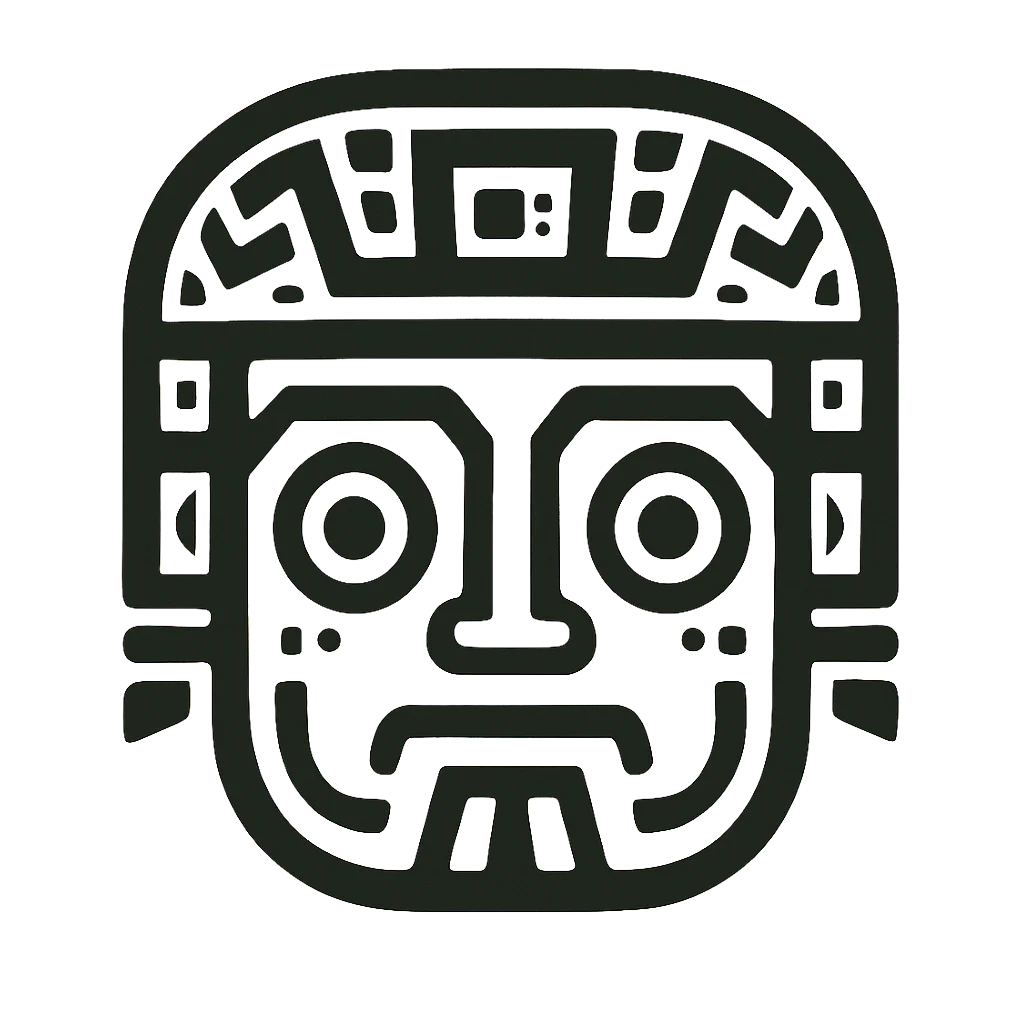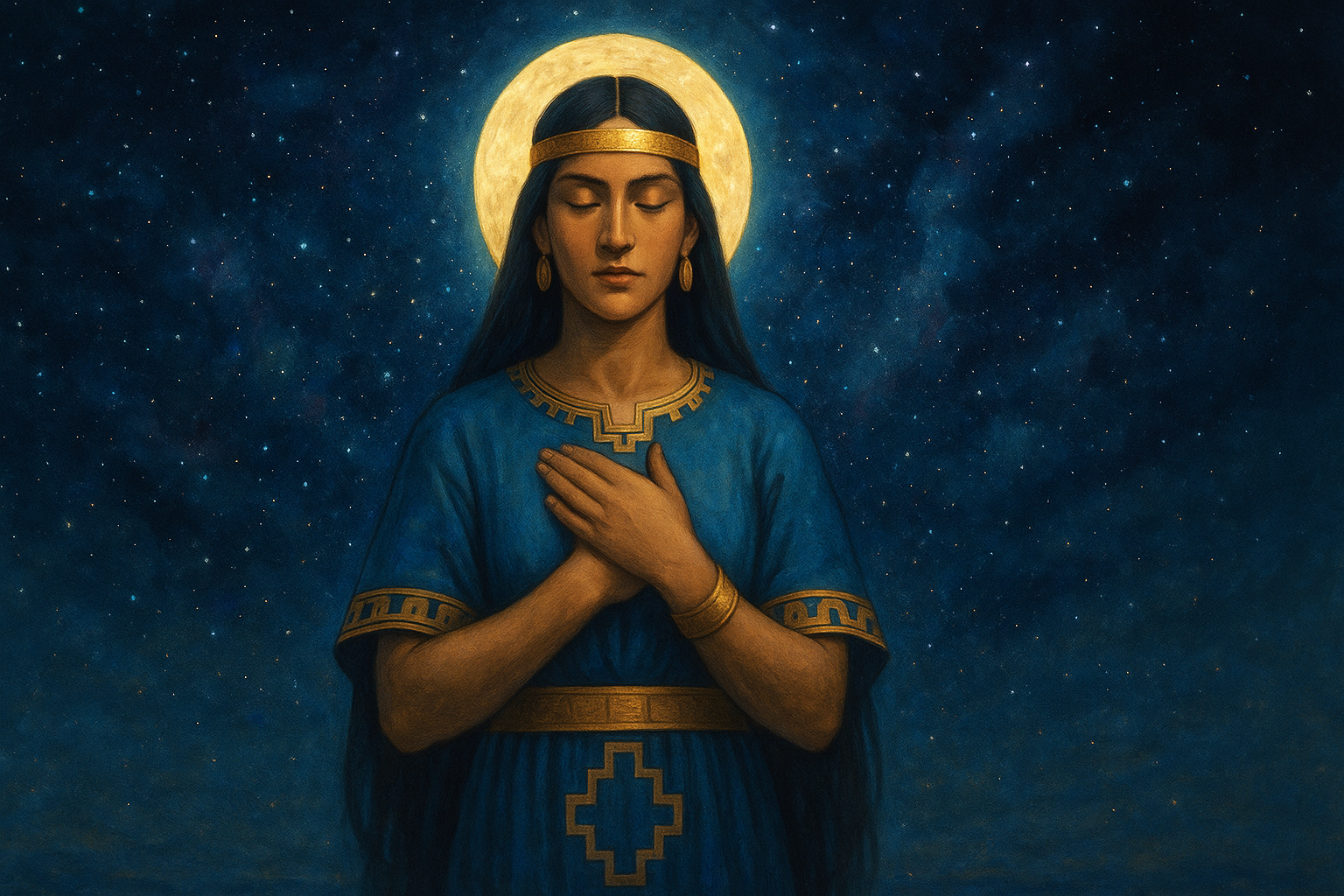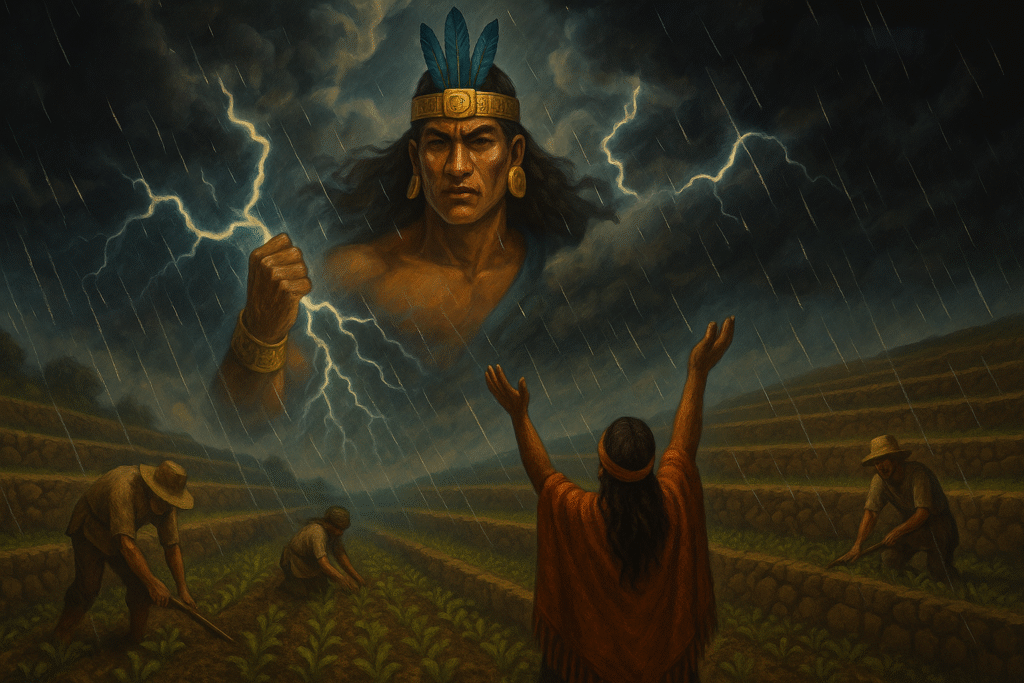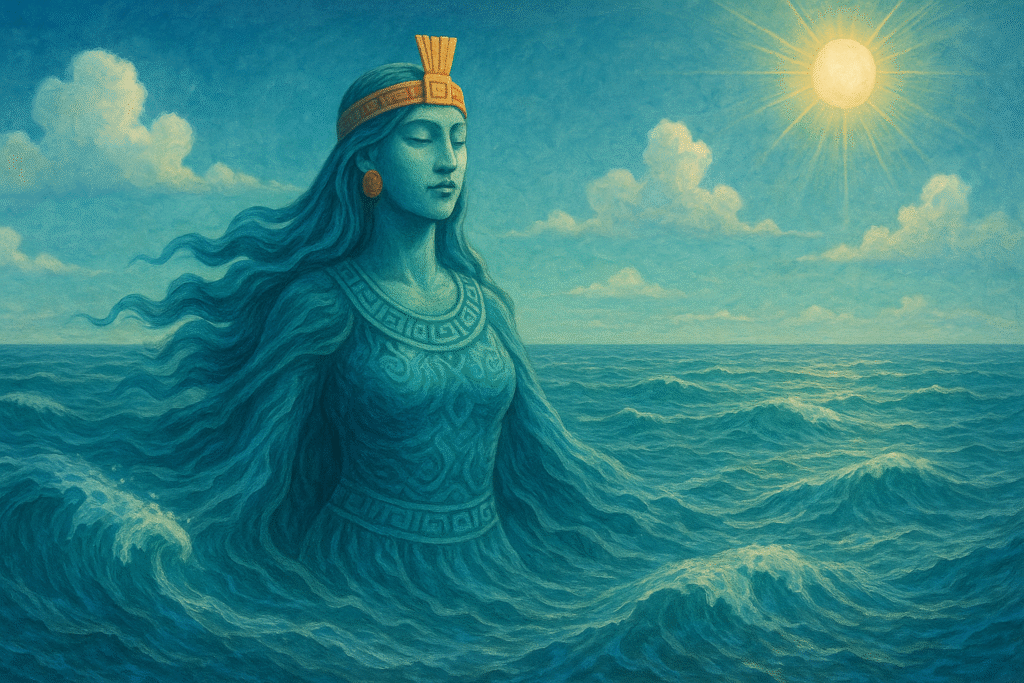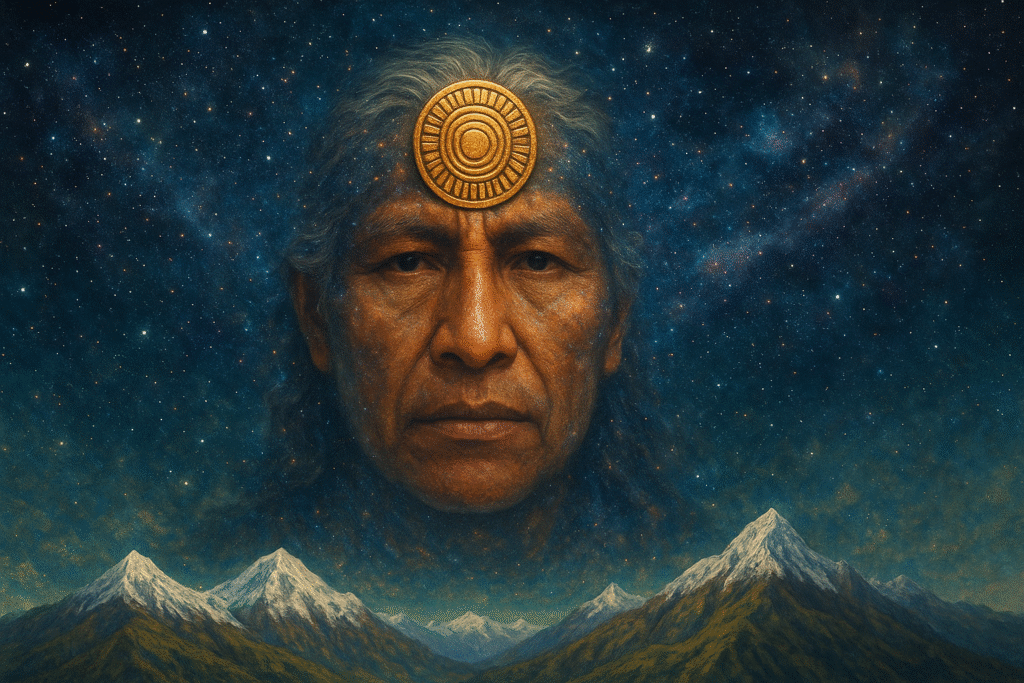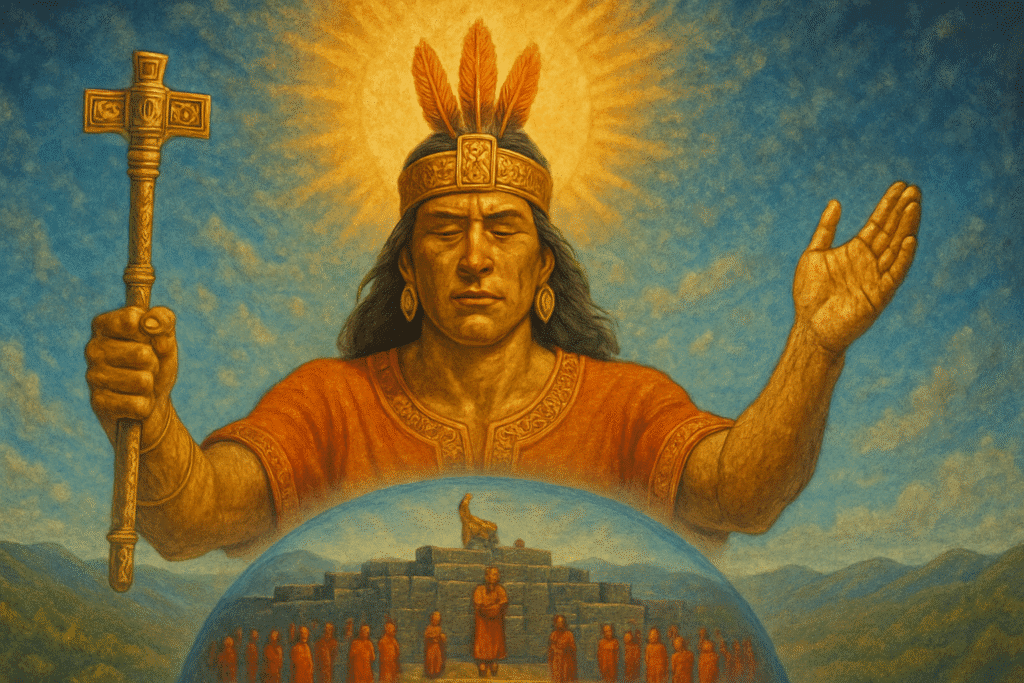High in the Andean sky, when night fell and the moon shone with its silvery light, the ancient Incas looked up and saw more than just a star. They beheld Mama Quilla, the moon goddess and protective mother of women.
Its presence illuminated the darkness and marked the rhythm of life. It regulated agricultural cycles, religious festivities, and sacred moments in the Inca calendar.
🌑 Who is Mama Quilla?
Mama Quilla, also known as Mama Killa, is the moon goddess in the Inca worldview and in several pre-Inca Andean cultures. She is considered the wife of Inti, the sun god (in some versions, she is also his sister), and the mother of important deities and cultural heroes.
She embodied the cosmic feminine principle, fertility, time, and the regulation of cycles.
The Incas revered Mama Quilla as the protector of women, the patroness of marriage, and the guardian of temporal order because the phases of the moon served as an agricultural and ritual calendar.
📜 Etymology and meaning of Quilla
- Mama or Mamay: Quechua word meaning “mother.”
- Killa or Quilla: in Quechua means “moon”.
Therefore, Mama Killa literally means "Mother Moon". The name refers not only to the celestial body itself, but also to its role in giving rise to life cycles and regulating the rhythms of life.
🧬 Mythical Origin of the Goddess Quilla
🔸 Wiracocha's daughter
According to Garcilaso de la Vega's chronicles, Mama Quilla was born the daughter of Wiracocha alongside the god Inti. They were both sent to illuminate the world: Inti was responsible for the day, and Mama Quilla for the night.
🔸 Created by God Inti
Mama Quilla, the direct descendant of Juan Diez de Betanzos, was created by Inti as his companion. Together, they rule heaven and earth.
🔸 Link with pre-Inca cultures
Moon worship was prevalent in earlier Andean cultures, including the Chavín, Paracas, and Chimú. In these cultures, the moon was considered more important than the sun. Mama Quilla likely absorbed and combined these ancestral cults.
🔖 Myths associated with the Goddess Quilla
🔹 The Attack on Mama Quilla
One of the most well-known and moving myths tells us that during eclipses, Mama Quilla was attacked by two animals, usually a puma or a snake. These animals tried to devour her, causing the light to disappear.
To protect their divine mother, the Incas made loud noises, sang songs, and pointed their weapons at the sky to scare the animals away. This ritual act of defense was a way to awaken their celestial mother and restore order.
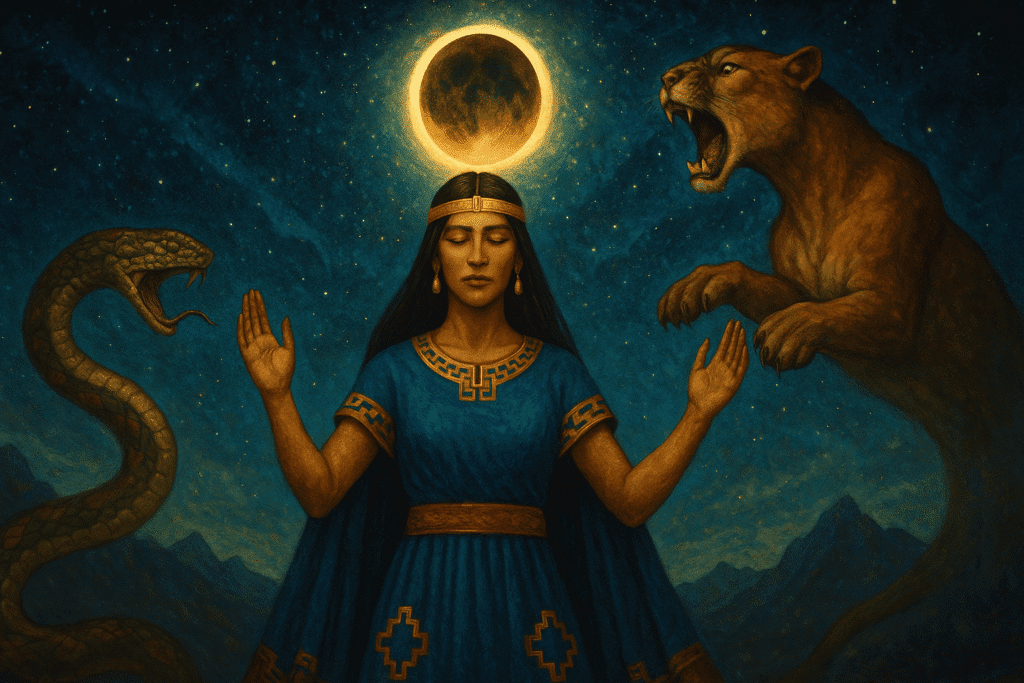
🔹 Myth of Manco Capac and Mama Ocllo
This is one of the most famous stories about the origin of the Incas. According to chroniclers such as Garcilaso de la Vega and Juan Diez de Betanzos, the god Inti observed the Andean peoples living without laws or knowledge.
So she decided to send her children, Manco Cápac and Mama Ocllo, from the sacred waters of Lake Titicaca. The goddess Quilla appears as the mother of both and wife of the god Inti.
🔹 The Birth of the First Incas
Another version of the Inca origin story is the Legend of the Ayar Brothers. It tells of four brothers and four sisters who emerged from the caves of Pacaritambo.
One of the brothers, Ayar Manco (later known as Manco Cápac), was guided by Inti to become the founder of Cusco. Mama Quilla is depicted as the mother of the Ayar brothers' wives.
🌌 Cosmic and social function
On a cosmic level, Mama Quilla represented soft, feminine light, contrasting with the strength of Inti. Her lunar cycle was linked to female menstruation, which reinforced her role as a protector of fertility.
She was the guardian of women, marriage, and the temporal order. Her phases served as an agricultural and festive calendar.
🎆 The Coya Raymi Festival
She was worshipped at a festival called Coya Raymi. This celebration took place in September, coinciding with the spring equinox and the beginning of the rainy season.
It was associated with fertility, menstruation, and the removal of impurities. It is no longer widely celebrated, although some small communities still observe it.
🌘The Lunar Trinity
This is a concept in which the union of three deities represented the three spaces where the moon exercised its power:
- Mama Quilla the moon, guides the rhythms of the night, eclipses, and tides. She is the guardian of silver, which is considered her "tear."
- Pachamama , or Mother Earth, provides sustenance and fertility on Earth. She receives the energy created by the moon and transforms it into harvest and life.
- Mama Cocha is the goddess of water and all things feminine. Influenced by the moon, she is the creator of the tides and has an impact on marine life.
Thus, the moon illuminated the sky and governed human life on the three planes of the cosmos: Hanan Pacha (the upper plane), Kay Pacha (the middle plane), and Ukhu Pacha (the lower plane).
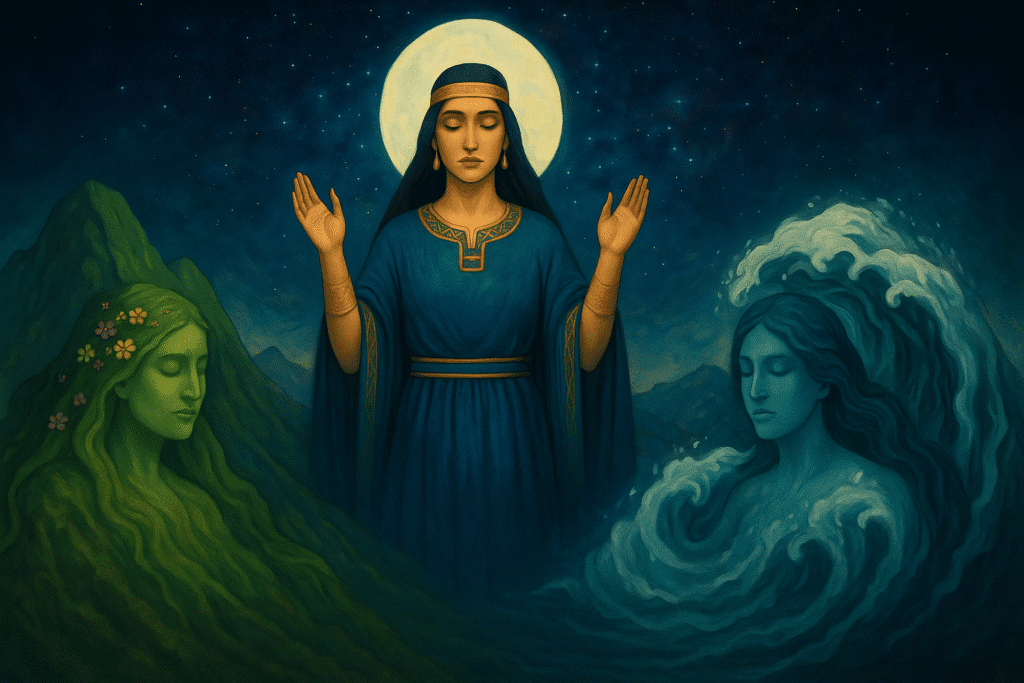
🧠 Interpretation and legacy
In the Andean worldview, Mama Quilla symbolizes complementarity (yanantin), or the balance between the masculine and the feminine.
Following the conquest, their worship merged with Marian devotions, such as those dedicated to the Virgin of Candelaria or the Virgin of the Nativity.
✨ Conclusion
Mama Quilla was much more than just a star in the sky. She was a pillar of Inca spirituality, a regulator of time, and a symbol of the sacred feminine principle. Though overshadowed by the sun cult, her light shines on in tradition, reminding us that, in the Andean worldview, the cosmos was constructed in pairs, in balance and complementarity.
